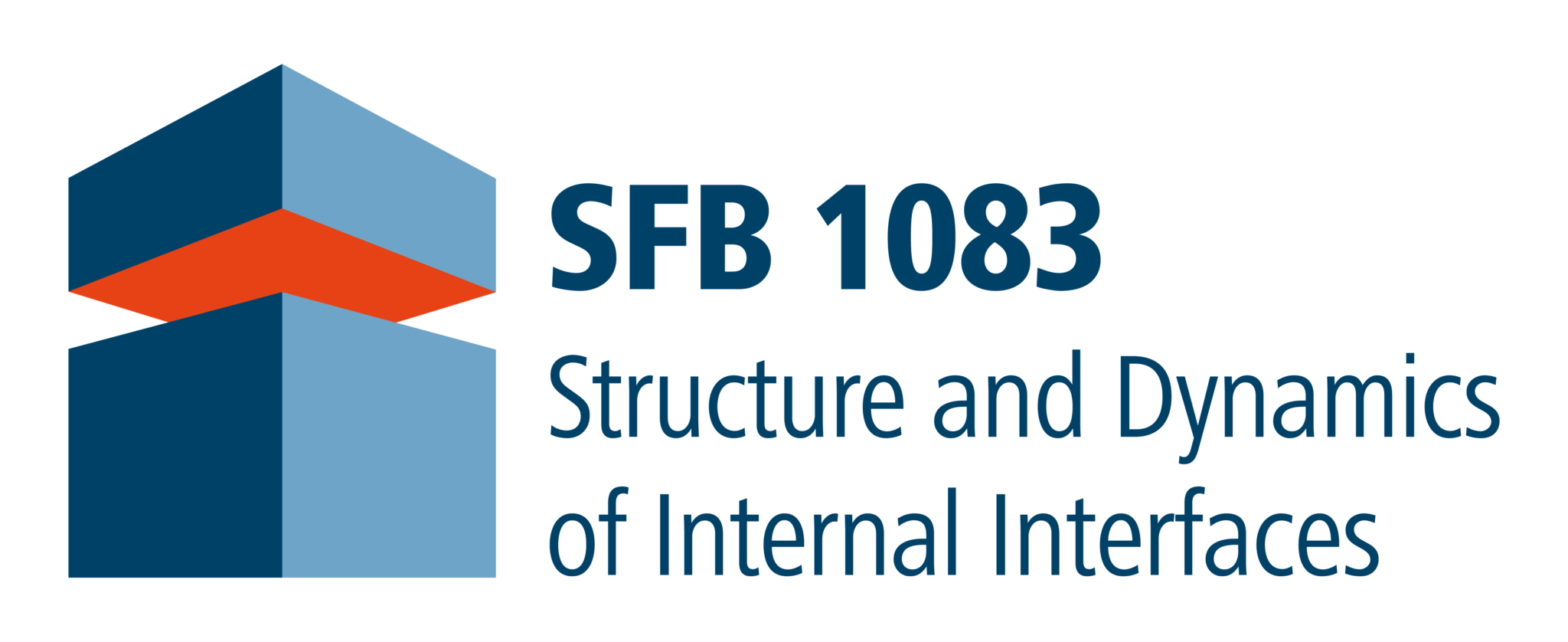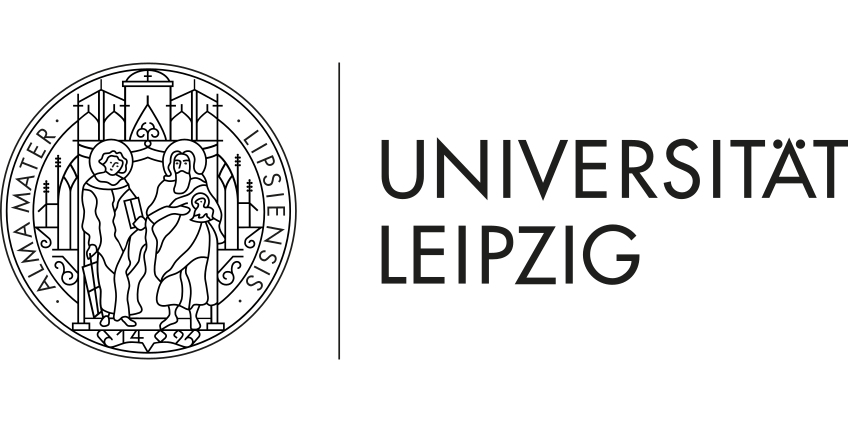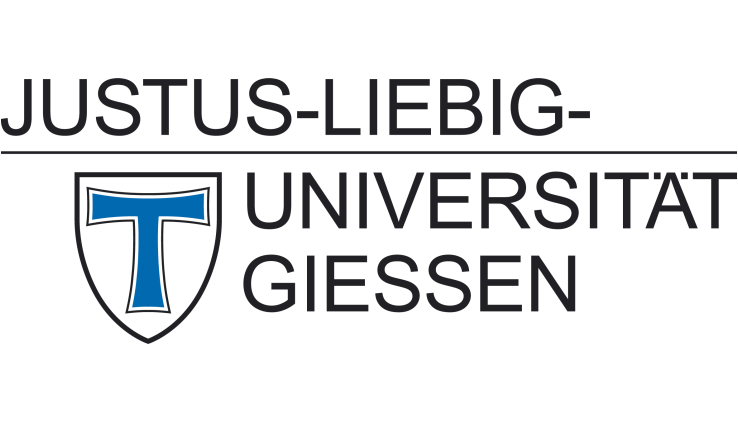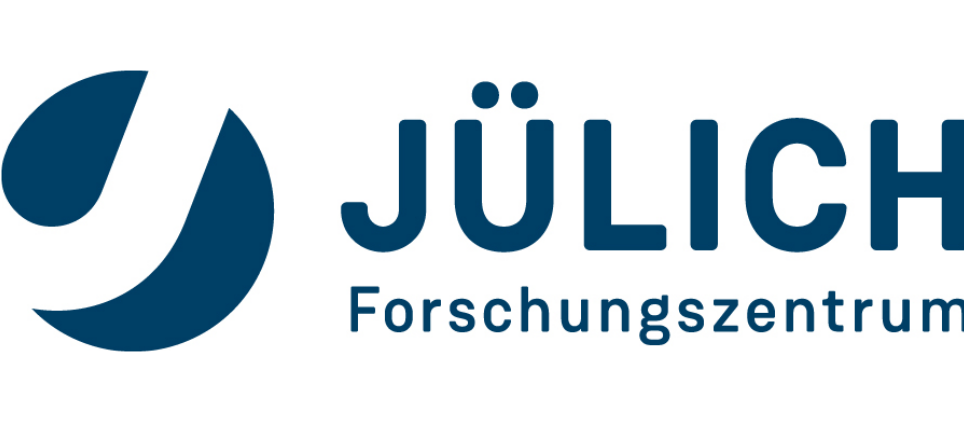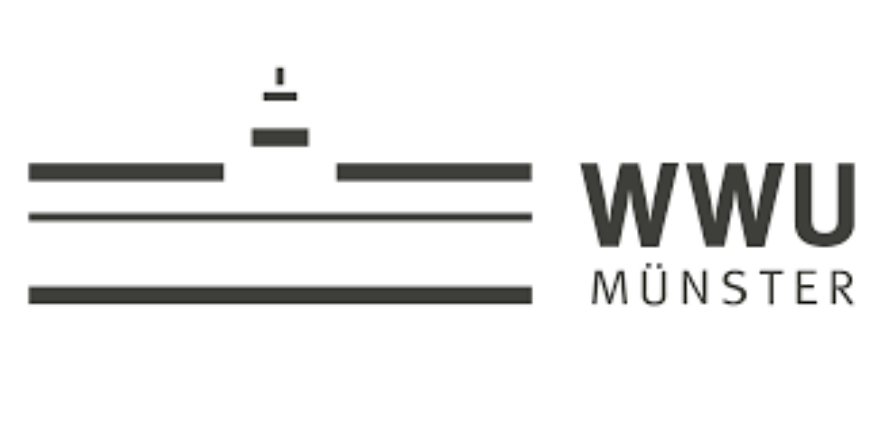Dr. Alrun Hauke (Project A2) receives Dr. Walter-Seipp-Preis for her dissertation at TU Dresden
The SFB congratulates Dr. Alrun Hauke, a young postdoc in project A2 (Witte), for being awarded the annual Dr.-Walter-Seipp-Prize of Commerzbank Dresden in recognition of her outstanding PhD-dissertation on “Vertical Organic Field-Effect Transistors – On the Understanding of a Novel Device Concept” submitted at Technical University Dresden in 2016.
 Initiated in the Nineties, Commerzbank Dresden each year honors the three highest-ranked theses submitted at the Technical University Dresden during the year before. On June 30, the Commerzbank in a small ceremony in its Event-Lounge in Dresden honored the three top-rated PhD-theses of 2016. The prize for the best dissertation, the Dr. Walter-Seipp-Preis and 4000 EUR, was awarded to Dr. Hauke.
Initiated in the Nineties, Commerzbank Dresden each year honors the three highest-ranked theses submitted at the Technical University Dresden during the year before. On June 30, the Commerzbank in a small ceremony in its Event-Lounge in Dresden honored the three top-rated PhD-theses of 2016. The prize for the best dissertation, the Dr. Walter-Seipp-Preis and 4000 EUR, was awarded to Dr. Hauke.
Dr. Alrun Hauke’s thesis research was in the field of organic electronics under the guidance of Prof. Karl Leo (Inst. of Applied Physics) which led to a better understanding of a novel organic transistor, the so-called Vertical Organic Field-Effect Transistor (OFET). By combining experiments and data gained from device simulations she was able to identify the key parameters governing device operation as well as demonstrate improved devices with MOSFET-like inversion mode operation (MOSFET metal-oxide-semiconductor field-effect transistor=. The latter was facilitated by the concept of molecular doping, one of the primary research interests at the Institute of Applied Physics at TU Dresden.
We are pleased to have attracted Dr. Hauke to Marburg, where she joined project A2 in fall 2016. Within this project she now investigates interfaces between organic semiconductors and 2D materials with respect to their structural and electronic properties.
See also a press release in German issued by TU Dresden for more detail.
